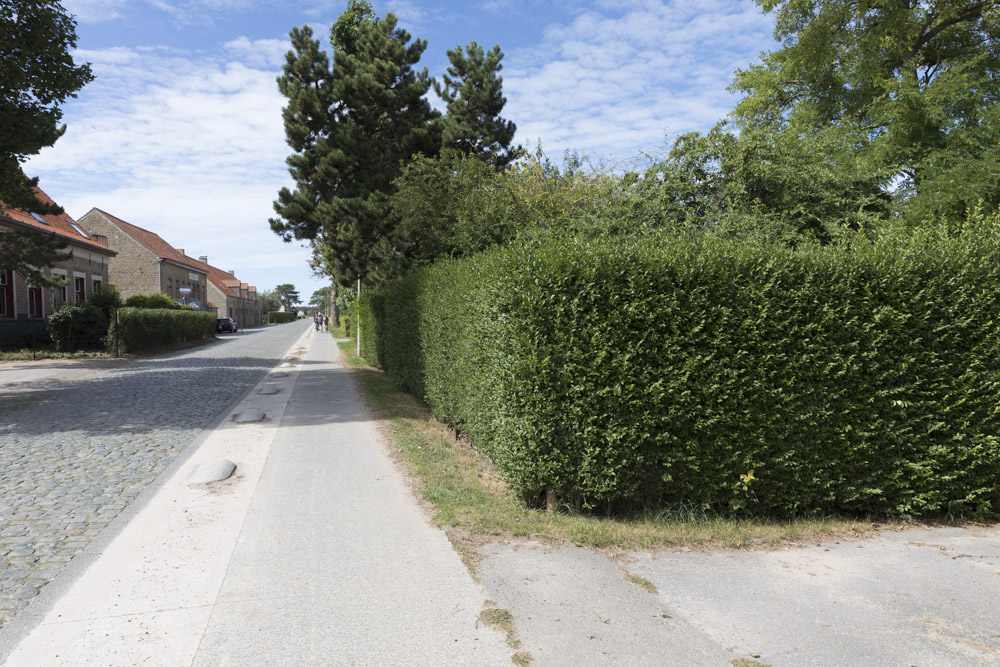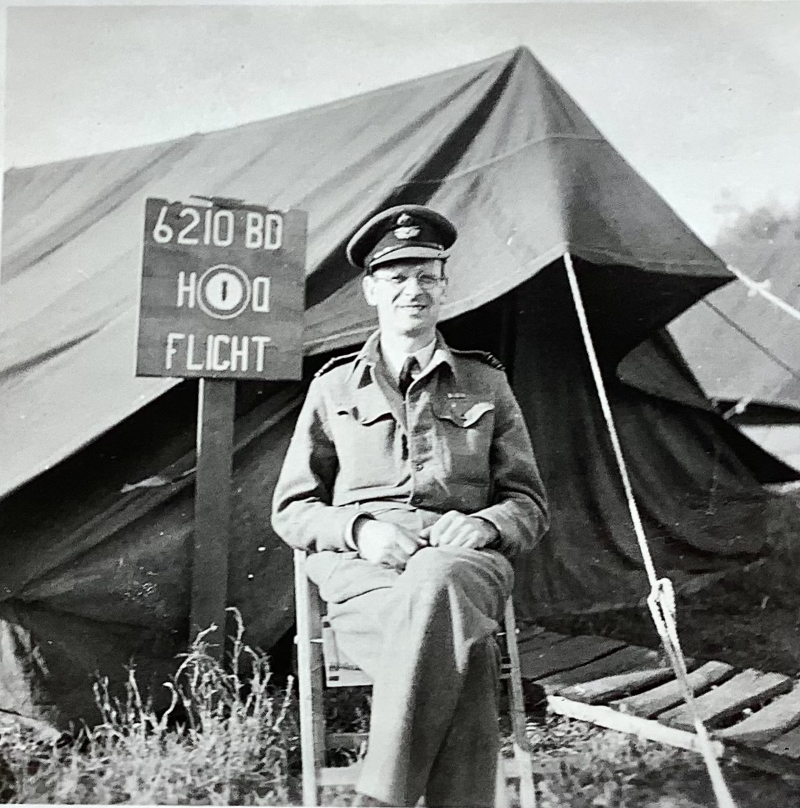Hollandstellung - Command Bunker and integrated Telephone Exchange
Hollandstellung
The Hollandstellung, also known as the "Holland Line", was a German defence line constructed during the First World War, stretching over a distance of approximately 65.5 kilometres, from the Belgian coast at Knokke to Vrasene, and further connected to fortified positions around Antwerp (Stellung Antwerpen) and the Turnhoutkanalstellung on the east side. The line was mainly built between 1916 and 1918 and was intended to provide protection against an expected Allied invasion from neutral Netherlands. This area was seen by the German army leadership as a vulnerable flank.
The Hollandstellung was built by the German navy (Marinekorps Flandern) and army (Etappen-Inspektion 4 / Gruppe Gent). The navy sector was located between the Zwin (Knokke) and Leeskensburggen. The army sector started from Moerhuize (Maldegem). The area around Strobrugge formed a transitional area. The naval bunkers were generally made of reinforced concrete, while the army bunkers were mainly made of prefabricated concrete blocks.
The line was divided into a Vorstellung and a Hauptstellung. The Vorstellung had the task of holding off the enemy for as long as possible. The Hauptstellung formed the backbone of the Hollandstellung and consisted of strong fortifications. Various areas were designated as Sumpfgebiete; areas that could be made marshy.
Despite the extensive fortifications, the Hollandstellung saw limited action during the First World War, because the main front lines were further south and east. By the end of the First World War, a total of 411 bunkers had been built. The most westerly bunkers and those in the Maldegem sector were added to the Atlantic Wall during the Second World War. In October 1944, the Allies launched Operation Switchback. The former Hollandstellung bunkers in the Maldegem sector were located in an area where heavy fighting took place.
Today, many of the remains of the Hollandstellung can still be found in the landscape. The Hollandstellung is included in its entirety in the list of immovable heritage of Flanders. Many bunkers have been demolished in the past. The website bunkergordel.be inventories these disappeared bunkers.
Command bunker
Command bunkers in the Hollandstellung were created at battalion level. These bunkers were grouped with a telephone and signal bunker. In this case, radiotelegraphic and command posts were integrated into one bunker. Although most bunkers show similarities with the original construction plans, there are still many variations. We have grouped these variations under one and the same type.
This polygonal bunker was built by the German navy from reinforced concrete. The bunker is half underground and has two entrances with staircases. One of the entrances had access defense in the form of an internal shooting opening. The bunker has 4 rooms: a telephone room, a command room and two living areas. The main entrance is protected by sloping shielding walls. The bunker was incorporated into the Atlantic Wall during the German occupation. The surface area of this bunker is 212m².
Do you have more information about this location? Inform us!
Source
- Text: TracesofWar
- Photos: Arjan Vrieze
- bunkergordel.be
-
Duitse commandopost | Inventaris Onroerend Erfgoed
Nearby
Point of interest
- Information Sign Mine Field 114 Odette 712 - Knokke-Heist
- Former Airfield Knokke-Le Zoute (Advanced Landing Ground B-83) - Knokke-Heist
- Information Sign The Death Thread Is Alive - Cadzand Bad
Monument
- Marker No. 14 Canadian Liberation Route - Knokke-Heist
- Marker No. 15 Canadian Liberation Route - Knokke-Heist
- Vector of Memory: Bridge to the final opposition in Knokke - Retranchement
Cemetery
- Belgian Graves Veterans Knokke - Knokke (Knokke-Heist)
- Belgian War Graves Knokke - Knokke (Knokke-Heist)
- Belgian Graves Veterans Knokke-Heist Central Cemetery - Westkapelle (Knokke-Heist)
Fortification
- Hollandstellung - Remains Personnel Bunker-MG Pole - Knokke-Heist
- Hollandstellung - Personnel Bunker - Knokke-Heist
- Hollandstellung - Personnel Bunker - Knokke-Heist





